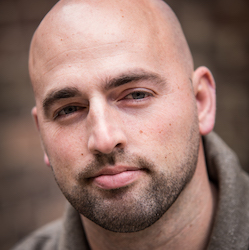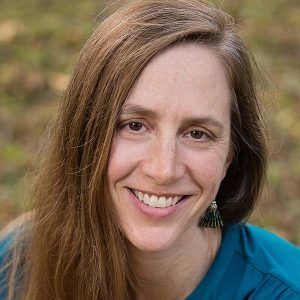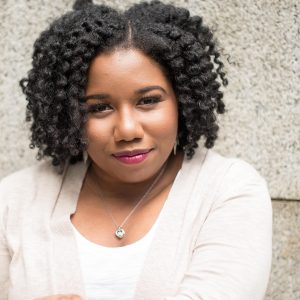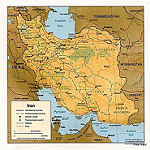On August 25, 2021, Richard Chizmar’s debut novel Chasing the Boogeyman hit the New York Times Bestseller list at #10. It was a huge milestone in my agenting career, an achievement I never imagined when I opened NLA in August 2002. It was my 50th New York Times bestselling client title. Amazing indeed, but self-congratulating isn’t much of an article. A good article is divulging just how a book might hit the NYT bestseller List. And sharing now what I wish baby Agent Kristin had known then.
First, a caveat. Talking about the NYT list is kind of like talking about unicorn sightings. The real science behind why a title hits the list is not transparent to publishers, agents, or authors. The NYT algorithm and tracking methods are proprietary information, so to be clear, I actually don’t know why or how any given title lands on the bestseller list. This article is simply a compilation of my observations after having 50 client titles hit that list.

Velocity, Volume, Interval
If memory serves, my very first title to hit the NYT bestseller list was Ally Carter’s I’d Tell You I Love You But Then I’d Have to Kill You in 2006—just four years after I opened the agency. For baby Agent Kristin, that NYT appearance was a complete surprise. I had no clue it was even a possibility, which just makes me laugh at my own naiveté. As an agent now, I have a very good sense of whether or not a title has the potential to hit the list. Certain factors have to be in play for even the possibility of a hit, and it all relies on velocity, volume, and the interval.
In other words, in order for a book to hit the NYT list, that title needs to quickly sell (velocity) a high number of copies (volume) during a one-week time span (interval). If a book does those three things, it has a very good chance of hitting the list.
The Indicators
As an agent, what gives me an inkling that one of my client titles may be positioned to make an appearance on the list? Four factors:
- Print run. A title needs a high number of physical copies going out into the world so that physical sales can happen. And yes, I know folks reading this article would love exact numbers (just how big does the print run need to be?), but honestly, this varies a lot. I’ve seen titles hit with a 100,000 print run (the bigger the number, the better), but I’ve also seen titles hit with only a 30,000 print run. There is no magic number here as other factors come into play.
- Reprint before publication. If a publisher has to reprint a title before it’s even published in order to fill early demand, this indicates that excitement and interest for a title is building.
- Pre-orders. The higher the number of pre-orders a title has, the better the chance. The pre-order number varies greatly depending on whether a title is set up to the hit the adult-hardcover list, the adult-paperback list, or the children’s list. With King, Patterson, Moriarty, Childs, and Steele all taking up regular space on the adult NYT list, and with those authors’ titles selling 20,000+ copies a week (according to Bookscan), you can start to get a sense of just how many copies of a book need to move in the first week to land on that adult-hardcover list.
- Marketing spend. Awareness of a title has to happen for momentum. In publishing, marketing is where the publisher spends money to create awareness for a book. Publicity is exposure that is free. The bigger the marketing budget is for a book out of the gate, the better the chance. However, this isn’t always true…
The Surprises
Publishing is full of wild-card moments. That’s what makes this industry so much fun, impossible to predict, and full of joyful surprises. One of my bestselling YA titles of my career is Simone Elkeles’s Perfect Chemistry. This title had a modest beginning with a small print run and a minimal marketing budget. But that original cover and fan love propelled this series to selling over a million copies. I also think a lot of fans think Perfect Chemistry is a New York Times bestselling title, but the reality is that it was book two, Rules of Attraction, that hit the NYT list for the first time in 2010. When Chain Reaction released a year later, that put the trilogy on the series NYT bestseller list. Technically, the first book never actually hit the list.
Twenty-six editors turned down Jamie Ford’s debut novel Hotel On the Corner of Bitter and Sweet. That book went on to spend 130 consecutive weeks on the NYT bestseller list. That’s 2.5 solid years on the list. I still can’t wrap my head around that.
The Naiveté
When I was a baby agent just starting out in the biz, I thought a New York Times bestseller meant the title was selling King, Winfrey, or Rowling levels. I also assumed that hitting the list would ensure riches for both author and agent.
Wow, was I clueless. An NYT hit is fabulous, and often it does mean that the client will earn out the initial advance. It is not, however, a guarantee that earn-out will happen. And although for some clients hitting the list has led to financial stability in writing as a career, it does not automatically equal life-changing riches.
The Movie Effect
With the “New York Times Bestseller” moniker, instead of happening at once, sometimes it happens at last. Bird Box by Josh Malerman is that one client title that I felt in my bones should have hit the list out of the gate in 2014. I was just flat out wrong. It would take four years, Netflix, and Sandra Bullock to make that title into the NYT bestseller that I always knew it to be.
Publishing. A giant mystery. Thank you for letting me celebrate 50 with you. I have a sneaking suspicion that number 51 might be just around the corner.
Creative Commons Photo Credit: Carol VanHook











